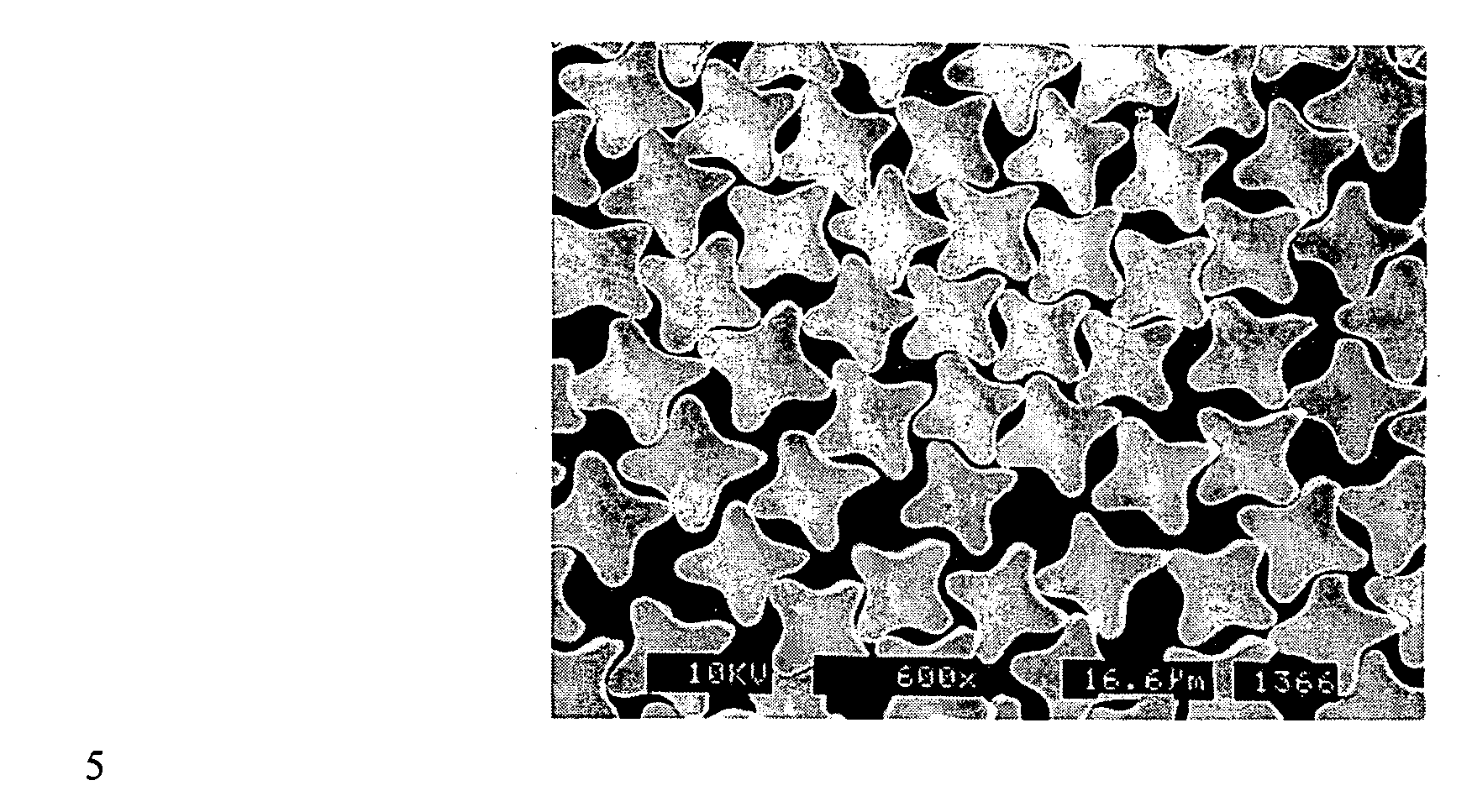Fabrics for therapeutic skin care bedding
a technology for skin care and fabrics, applied in the field of therapeutic bedding, can solve the problems of large annual healthcare cost, large direct financial cost of child care for moderate or severe eczema, and large eczema eczema direct cost, and achieve the effect of being suitable for bedding, durable and stain resistan
- Summary
- Abstract
- Description
- Claims
- Application Information
AI Technical Summary
Benefits of technology
Problems solved by technology
Method used
Image
Examples
Embodiment Construction
[0027] A fabric for bedding is formed with a woven fabric having warp yarns and filling yarns woven to provide a smooth fabric surface. In the preferred embodiment, one of the warp or filling yarns is at least 40% by weight of the fabric of continuous filament nylon. The other of the warp or filling yarns may be from about 0% to 60% by weight of the fabric of continuous filament polyester or nylon having non-round filament cross sections.
[0028] Preferably, an antimicrobial substance is topically applied or inherently available in the fabric. In the preferred embodiment, an antimicrobial substance such as AEGIS Microbe Shield, manufactured by AEGIS Environments, Inc. is topically applied to the woven fabric in a standard textile finishing operation. This antimicrobial works best against the following common microbes: Escherichia Coli, Staphylococcus Aureus, Staphylococcus Epidermidis, Pseudomonas Aeruginosa. The antimicrobial substance may also prevent odors in the fabric.
[0029] In...
PUM
| Property | Measurement | Unit |
|---|---|---|
| elongation | aaaaa | aaaaa |
| geometric roughness | aaaaa | aaaaa |
| geometric surface roughness | aaaaa | aaaaa |
Abstract
Description
Claims
Application Information
 Login to View More
Login to View More - R&D
- Intellectual Property
- Life Sciences
- Materials
- Tech Scout
- Unparalleled Data Quality
- Higher Quality Content
- 60% Fewer Hallucinations
Browse by: Latest US Patents, China's latest patents, Technical Efficacy Thesaurus, Application Domain, Technology Topic, Popular Technical Reports.
© 2025 PatSnap. All rights reserved.Legal|Privacy policy|Modern Slavery Act Transparency Statement|Sitemap|About US| Contact US: help@patsnap.com



